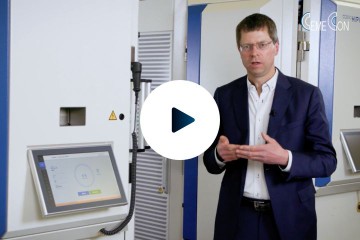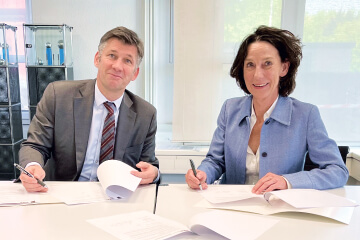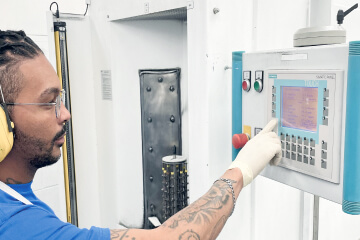
HiPIMS opens up new markets
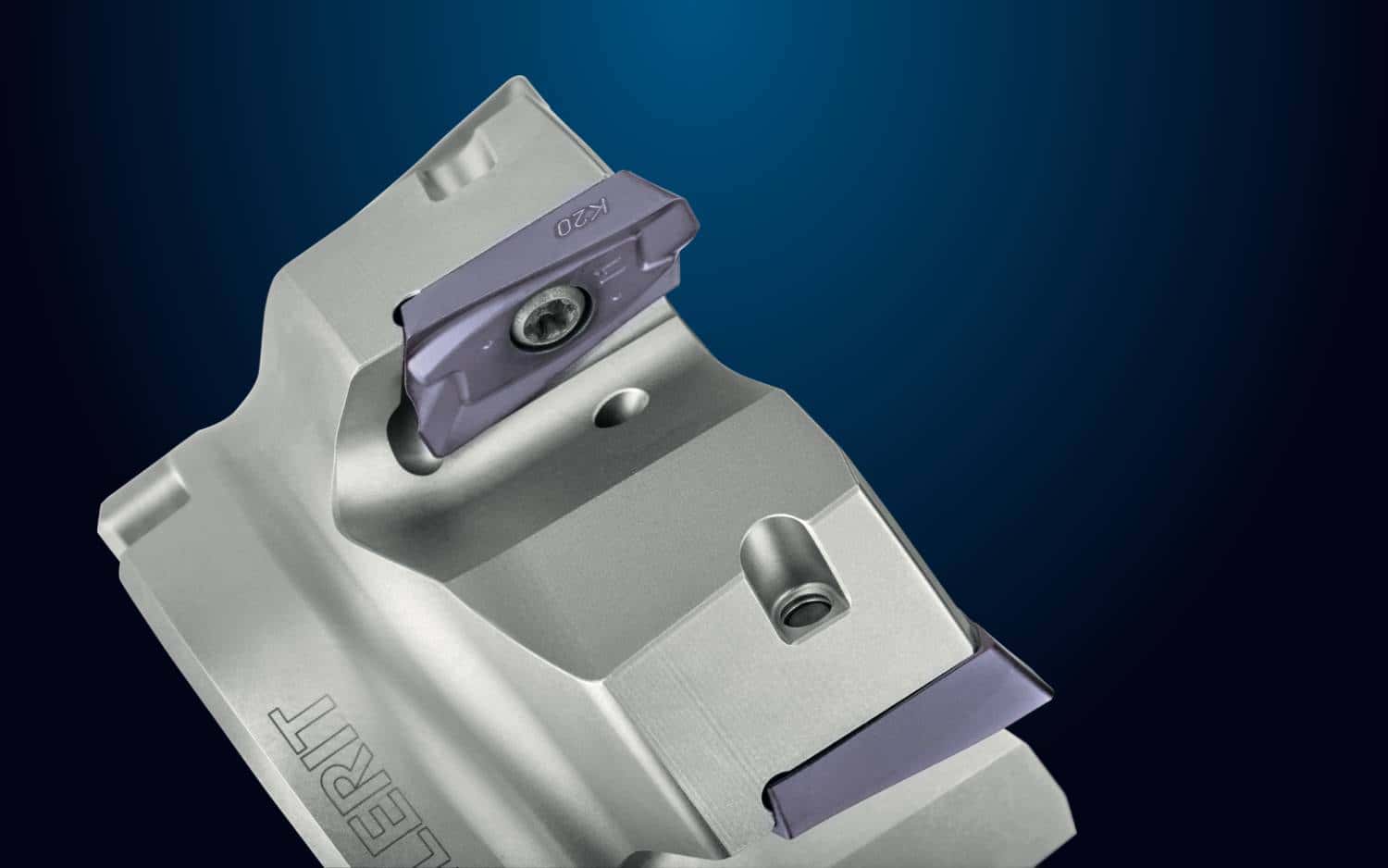
The future of cutting inserts is called HiPIMS
The world of machining is changing. With the transition from the internal combustion engine to alternative drive systems, traditional automotive manufacturing as the most important mainstay for many machining companies and tool manufacturers is being reduced enormously. The challenge is to win new markets, such as tool and die making, heavy machining, aerospace, and likewise electromobility. However, these markets are already highly competitive. Only those who clearly stand out from the rest and convince in terms of performance will prevail here. Our contribution to your solution: our HiPIMS coatings.
Better performance, faster machining and higher process reliability are the key to increased productivity and thus to new markets. The coating materials FerroCon®, InoxaCon® and AluCon® provide users and tool manufacturers with precisely these advantages – whether for standard applications or demanding machining tasks. They ensure excellent chip flow and better surface finishes at the same time. Less coolant is necessary and often the cutting parameters can be significantly increased. In addition, tool life is longer and so are setup intervals. Such production advantages are the best arguments for winning new customers and markets.
Scoring in tool and mold making
The decline in the automotive business is also a challenge for tool and mold makers. They now have to position themselves more broadly and win new industries. To maintain a top position in global competition, economical production of molds, punches and dies at the highest quality standards is an absolute must.
One of the most important technologies in tool making is milling due to its high productivity and flexibility as well as the achievable quality. Innovative tooling solutions for tool and mold makers are in demand. “FerroCon® with 6 µm layer thickness and FerroCon®Quadro with an impressive12 µm layer thickness are made for roughing operations on molds made of steels. Thanks to the high coating thickness, inserts with the HiPIMS coatings achieve a very good metal removal rate, which automatically increases productivity,” says Inka Harrand, Product Manager Cutting Inserts at CemeCon.
Ideal for heavy machining
FerroCon® with 6 µm and FerroCon®Quadro with 12 µm coating thickness are the first choice, especially in the heavy-duty machining of rails, turnout, pipes and crankshafts, as well as in the rotary peeling of cast iron and ferrous materials, to achieve the required maximum wear volume. This is because in such roughing operations every micrometer more determines the economic efficiency of the process. For example, in the maintenance of rails: Milling operations are used here to eliminate major damage and restore rails to almost their new condition. Inka Harrand: “Here, profile tools with maximum working speed and machining quality are required, usually equipped with a very large number of cutting inserts. Higher coating thicknesses significantly extend their service life – the key to economic efficiency. The relationship in such applications is almost linear – and this is where FerroCon® with 6 µm coating thickness and FerroCon®Quadro with 12 µm coating thickness come into play.”
When milling 1.0503 (C45) with a hardness of 32 HRC (vc = 220 m/min, ap 0.5 m/min, without cooling), for example, the inserts with a FerroCon®Quadro coating achieve a tool life of 180 min. Various inserts with conventional coatings are significantly lower at 120 min, 95 min and 65 min, respectively.
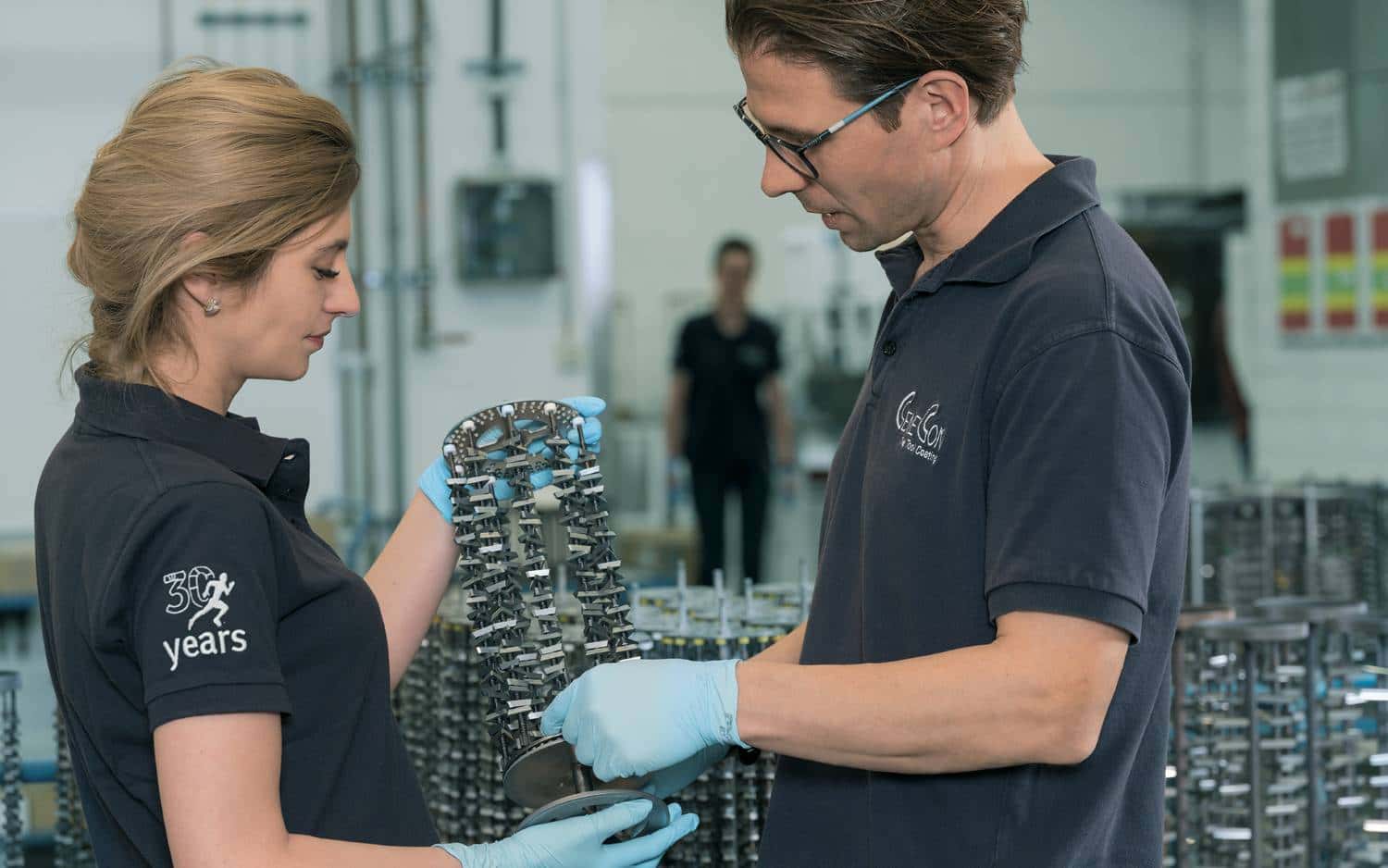
Future market aerospace: titanium machining with HiPIMS
For safety reasons, it was previously the rule in aircraft construction not to change processes once they had been qualified. This also includes mechanical processing. Thus, the processes and tools have often been in use unchanged for a very long time, but are inefficient from today’s perspective. However, the past few years have put enormous pressure on aircraft manufacturers and suppliers. In order to reduce costs and produce more economically, processes are now being put to the test in many places. This is the opportunity for tool manufacturers to gain a foothold in the industry with high-performance solutions.
A good example is titanium machining. Many components of an aircraft are made of different titanium alloys. However, machining this lightweight material is anything but simple. With the HiPIMS coating materials InoxaCon® and AluCon®, significant leaps in performance are possible here. In oil-cooled machining of the high-strength titanium-aluminum alloy TiAl6V4 (vc = 100 m/min, fz = 0.06 mm, ae = 15.28 mm, ap = 0.8 mm, vb = 0.34), for example, the X-geometry insert coated with AluCon® achieves a tool life of 14.48 m. This is an increase of more than 30 percent compared to the TiAlSiN-coated tool, which had a tool life of only 11 meters.
Potentials open up in e-mobility
There are far fewer machining tasks for e-mobility than in classic automotive construction. This is precisely the reason why the machinists are increasingly losing out to the industry. “In addition, aluminum alloys are mainly machined. Tools tailored to the requirements are the solution for securing market share here. AluCon® coated inserts can be a good alternative to uncoated carbide,” Inka Harrand is convinced. When milling aluminum, for example, AluCon® increases the service life of inserts by 30 percent compared to uncoated inserts.
HiPIMS is the FUTURE in the coating of CUTTING INSERTS. No one can get around this.
Inka Harrand, Product Manager Cutting Inserts at CemeCon
Quality guaranteed!
Not only do the HiPIMS coating materials themselves belong to the premium class, but the quality is also outstanding: In order to always provide customers with the best possible coating in the same specification and high quality, the CemeCon team looks very closely and right from the start at, for example the edge condition, possible damage, the degree of contamination and the substrate surface. Because these criteria can have an influence on the coating quality. Then the parameters and work steps such as coating material, coating thickness, pretreatment, finishing and much more are precisely adapted to the tool and the application.
Once the adapted coating solution has arrived in series production, regular checks reliably guarantee consistently high quality. All employees at the individual stations continuously check the working materials, the individual process steps, and the handling of the inserts at each work step. Random input and output checks at each order position are part of series production.
Incidentally, thanks to mirrored processes and productions in the CemeCon coating centers worldwide, tool manufacturers everywhere receive the same coating solution in the same quality as in Germany.
HiPIMS coating materials for cutting inserts
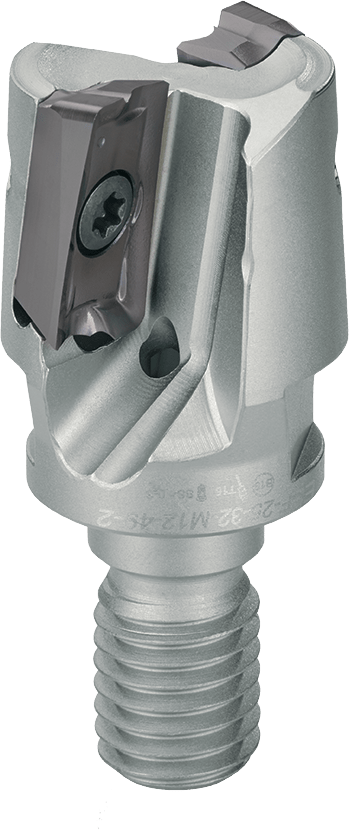
FerroCon®
for unalloyed and alloyed steels as well as cast iron
Coating material
AlTiN-based
Max. operating temperature
1,100 °C
Color
Anthracite
Coating thicknesses
for cutting inserts
3 µm, 6 µm and 12 µm
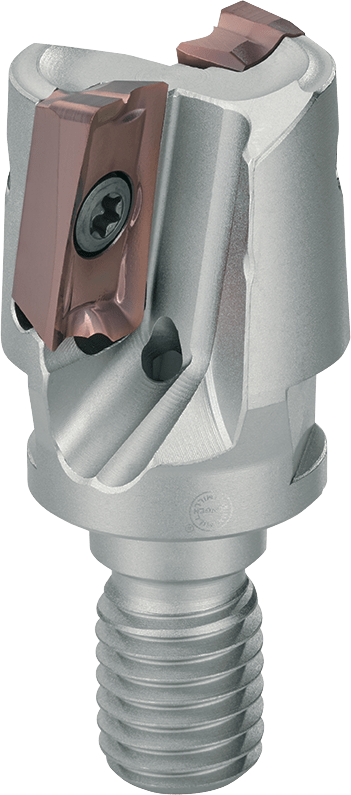
InoxaCon®
for stainless, high-alloy steels, titanium, nickel-based alloys and difficult-to-machine materials (CrCo)
Coating material
TiAlSiN-based
Max. operating temperature
1,100 °C
Color
Copper
Coating thicknesses
for cutting inserts
3 µm and 6 µm
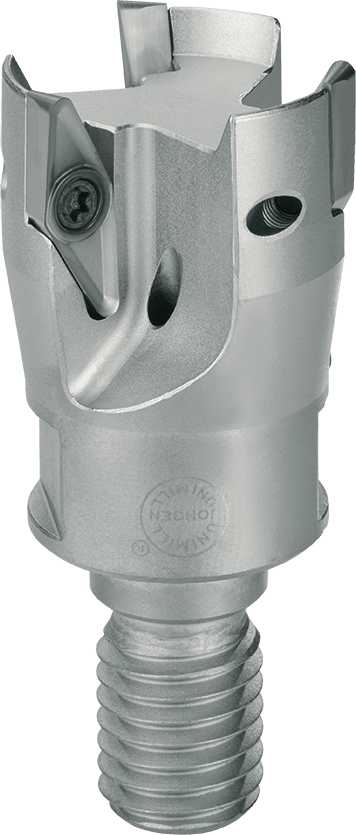
AluCon®
for aluminum, titanium, copper and other non-ferrous metals
Coating material
TiB2-based
Max. operating temperature
1,000 °C
Color
Silver
Coating thicknesses
for cutting inserts
2 µm
